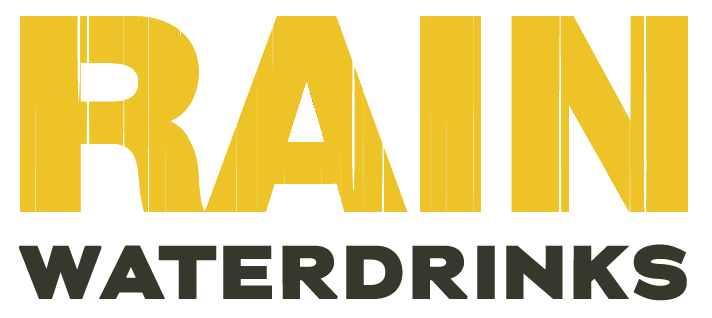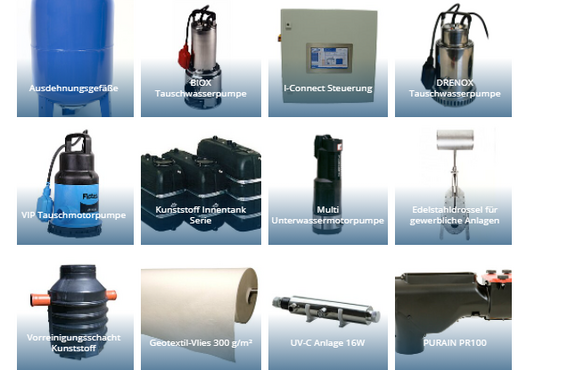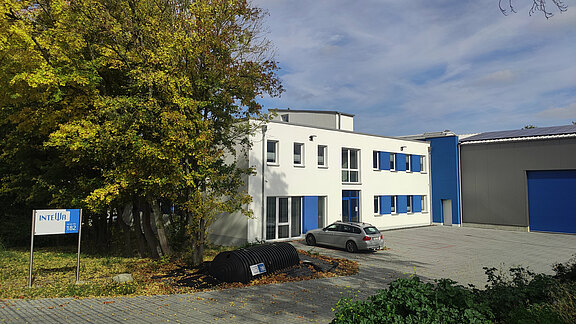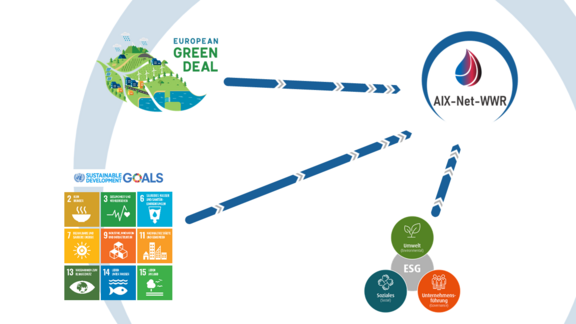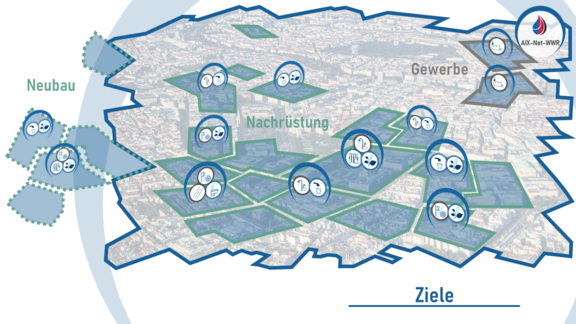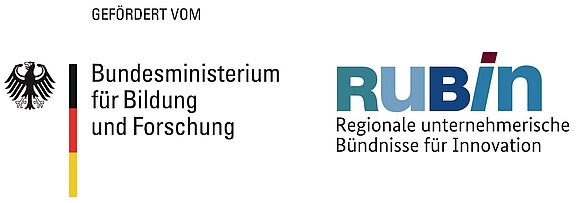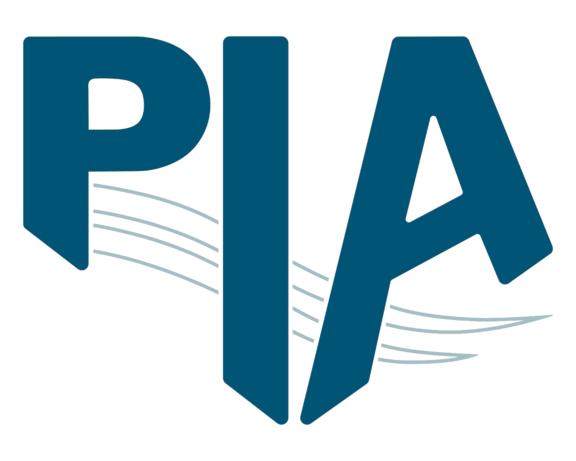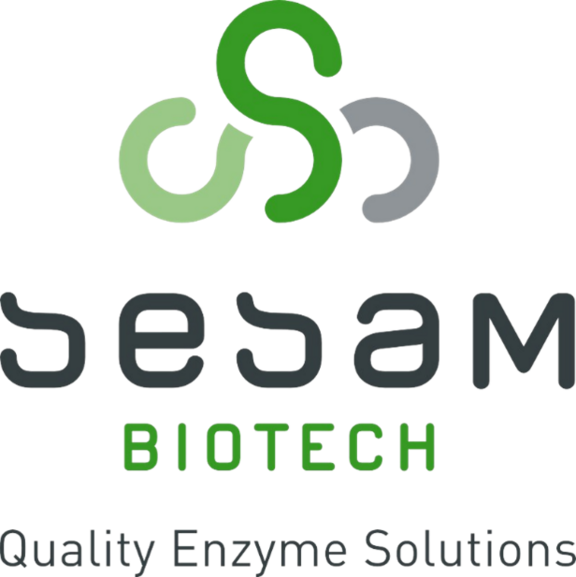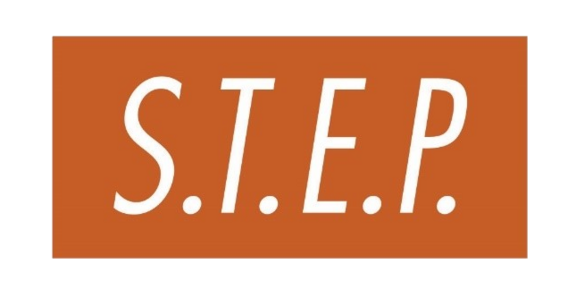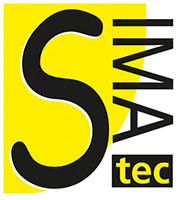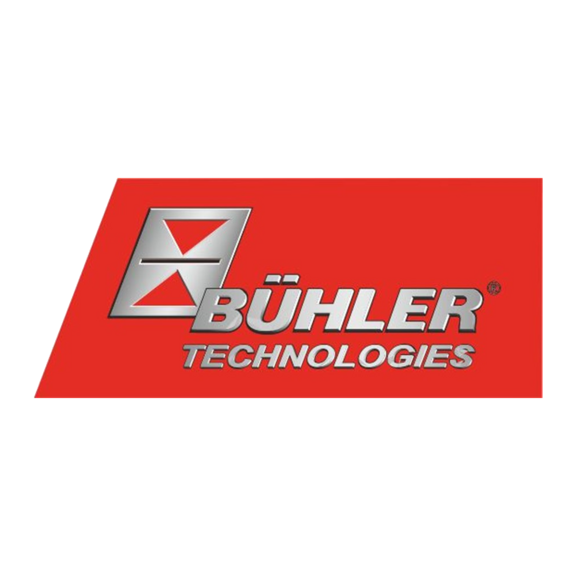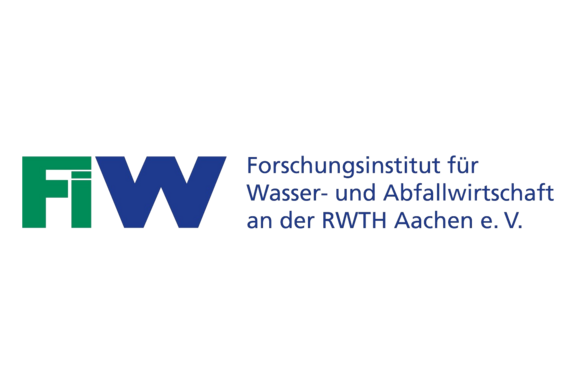The Aachen network of entrepreneurs and researchers has now been finally selected from 53 sketches with different topics to develop innovative solutions for wastewater reuse. The centre of the alliance is the Aachen city region. It is undergoing a major structural change due to the planned lignite phase-out by 2038 and therefore forms an ideal basis for the RUBIN programme ("Regional Entrepreneurial Alliances for Innovation") under the heading "Innovation & Structural Change" of the Federal Ministry of Education and Research.
The environment
Around the world, climate change with record heat and drought is increasingly leading to regional water scarcity on the one hand and flooding on the other. After many years of intensive negotiations, all states of the United Nations have committed themselves to changing the global economy in a climate-friendly way. The GREEN Deal should lead to investments of at least €1 trillion in the European Union by 2050. The goals and recommendations for action are described in the 17 SDGs called Sustainable Development Goals. Sustainable water management is a crucial prerequisite for the implementation and achievement of a large part of these Sustainable Development Goals.
At the same time, ESG (Environmental Social Governance) investment criteria have established themselves on the financial market. This demonstrates that only sustainable entrepreneurship can be economically worthwhile in the future.
It is in the context of these pioneering framework conditions that the new alliance AIX-Net-WWR sets out.
Current situation and goals
Most cities nowadays have centralised water supply and wastewater disposal. However, this brings with it a number of disadvantages, such as decreasing water supplies in the face of increasing water demand and the loss of valuable materials specifically in the form of water and heat (approx. 55 m³ of water and approx. 550 kWh/person) for direct recycling at the point of wastewater generation.
In many central wastewater treatment plants, the wastewater is also insufficiently treated for possible reuse, depending on the size of the connection, so that the remaining contents contribute to increasing water pollution.
In the AIX-Net-WWR city of the future, there will be standardised, semi-decentralised wastewater reuse systems at neighbourhood level with innovative individual technologies that solve the problems mentioned. The word semi-decentralised describes that several buildings are connected to one system. The advantages of semi-decentralised systems lie in particular in the close spatial linkage of wastewater generation and treatment. This enables the direct reuse and utilisation of the treated water and the energy present in the wastewater directly at the point of wastewater generation, optimised both ecologically and economically.
You can find a detailed press article on the subject here.

